In the quest for optimal health, nutrition plays a pivotal role. While a balanced diet is essential, certain foods are especially rich in nutrients and offer extraordinary health benefits. These are often referred to as “superfoods.” Including superfoods in your diet can provide a range of health benefits, from boosting energy and enhancing immunity to reducing inflammation and supporting brain health. In this article, we will explore the top 10 superfoods that can significantly improve your overall well-being.
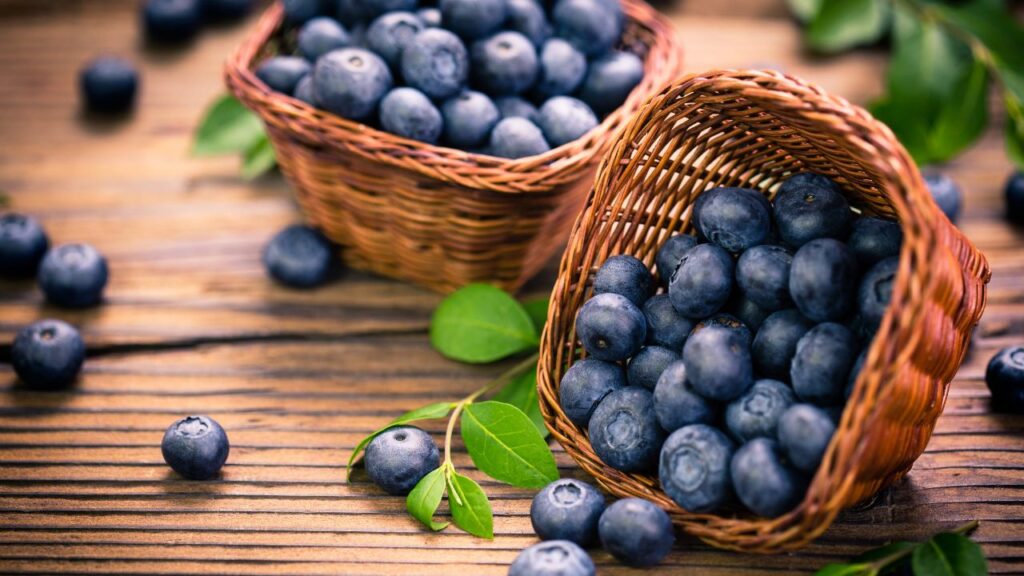
1. Blueberries
Nutritional Profile
Blueberries are packed with vitamins C and K, fiber, and antioxidants, particularly anthocyanins, which give them their vibrant color.
Health Benefits
- Antioxidant Power: Blueberries are rich in antioxidants, which help neutralize free radicals and reduce oxidative stress.
- Brain Health: Regular consumption of blueberries has been linked to improved cognitive function and memory.
- Heart Health: Blueberries can help lower blood pressure and reduce the risk of heart disease.
How to Include in Your Diet
- Add them to smoothies, yogurt, or oatmeal.
- Use them in salads or as a topping for desserts.
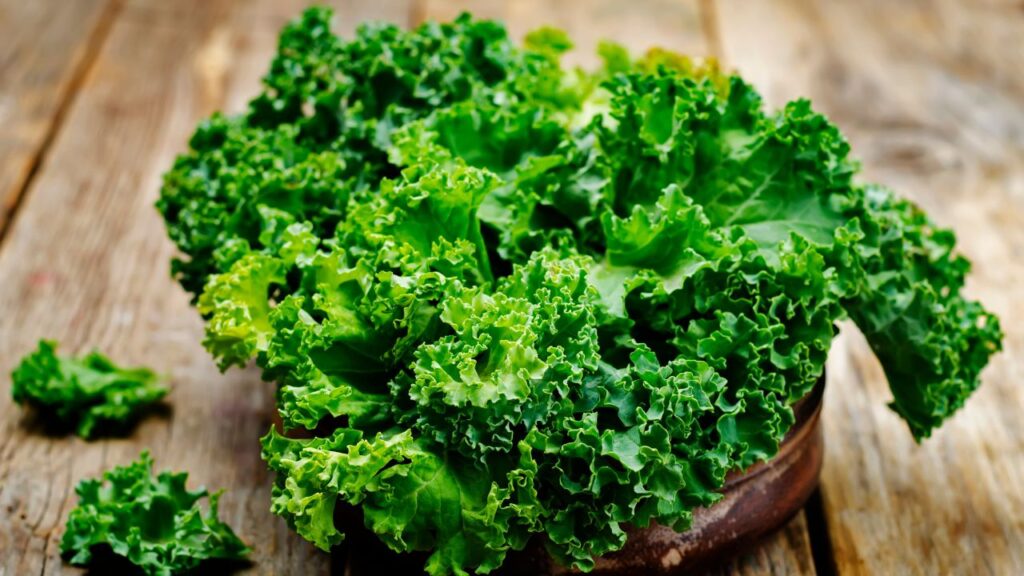
2. Kale
Nutritional Profile
Kale is a nutrient-dense leafy green vegetable loaded with vitamins A, C, and K, calcium, and fiber.
Health Benefits
- Detoxification: Kale contains compounds that support liver detoxification.
- Anti-Inflammatory: The high levels of antioxidants in kale help reduce inflammation.
- Bone Health: Vitamin K in kale is essential for bone health and helps in the prevention of osteoporosis.
How to Include in Your Diet
- Use it as a base for salads or in smoothies.
- Sauté with garlic and olive oil for a nutritious side dish.
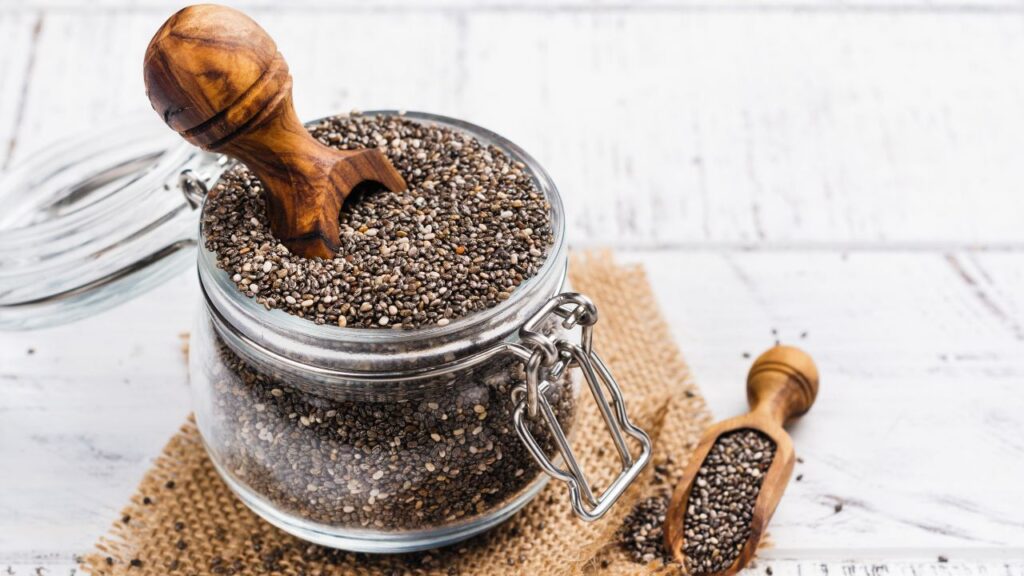
3. Chia Seeds
Nutritional Profile
Chia seeds are rich in omega-3 fatty acids, fiber, protein, and essential minerals like calcium, magnesium, and phosphorus.
Health Benefits
- Digestive Health: The high fiber content helps improve digestion and prevent constipation.
- Heart Health: Omega-3 fatty acids help reduce inflammation and support heart health.
- Weight Management: Chia seeds expand in the stomach, helping you feel full and satisfied.
How to Include in Your Diet
- Add to smoothies, yogurt, or oatmeal.
- Use in baking or make chia seed pudding.
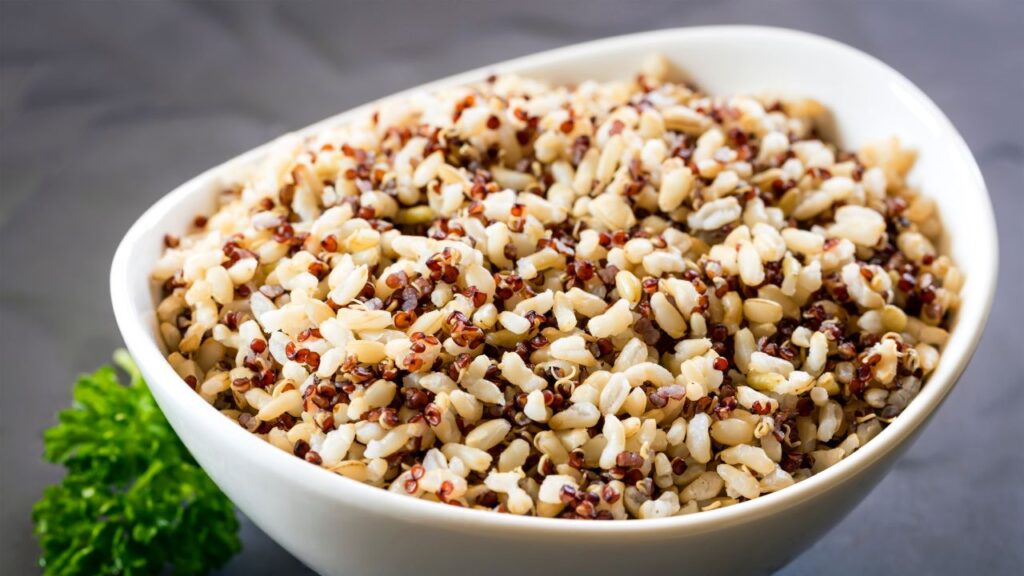
4. Quinoa
Nutritional Profile
Quinoa is a complete protein, meaning it contains all nine essential amino acids. It is also high in fiber, iron, magnesium, and B-vitamins.
Health Benefits
- Protein Source: Excellent for vegetarians and vegans as a plant-based protein source.
- Blood Sugar Control: The fiber content helps regulate blood sugar levels.
- Digestive Health: The fiber in quinoa promotes healthy digestion.
How to Include in Your Diet
- Use as a base for salads or as a side dish.
- Add to soups or use in place of rice in various dishes.

5. Salmon
Nutritional Profile
Salmon is rich in omega-3 fatty acids, high-quality protein, B-vitamins, potassium, and selenium.
Health Benefits
- Heart Health: Omega-3 fatty acids reduce inflammation and support cardiovascular health.
- Brain Health: Omega-3s are essential for brain function and may reduce the risk of cognitive decline.
- Mood Enhancement: Regular consumption of salmon is linked to improved mood and reduced risk of depression.
How to Include in Your Diet
- Grill, bake, or poach salmon for a nutritious main dish.
- Add to salads, pasta, or sushi.
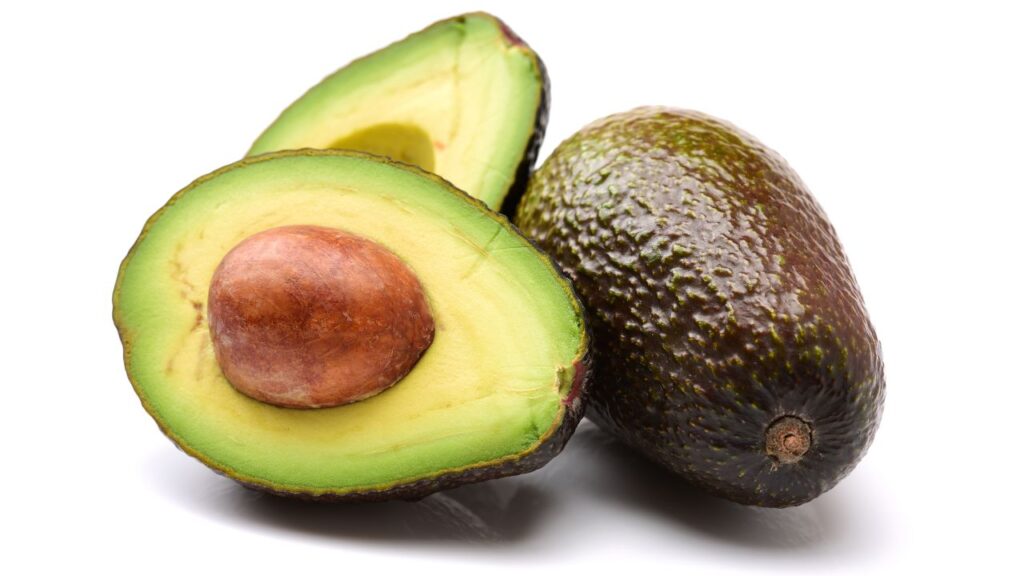
6. Avocado
Nutritional Profile
Avocados are high in healthy monounsaturated fats, fiber, vitamins E, C, B6, potassium, and folate.
Health Benefits
- Heart Health: The monounsaturated fats help reduce bad cholesterol levels and support heart health.
- Skin Health: The vitamins and healthy fats in avocados nourish and protect the skin.
- Nutrient Absorption: Avocados help the body absorb fat-soluble vitamins (A, D, E, K) from other foods.
How to Include in Your Diet
- Use as a spread on toast or in sandwiches.
- Add to salads, smoothies, or make guacamole.
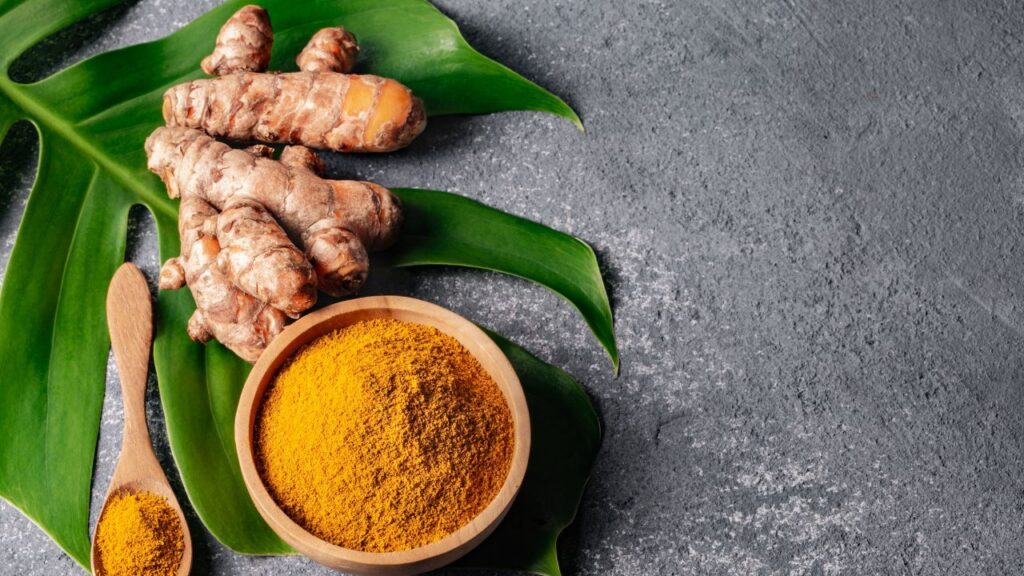
7. Turmeric
Nutritional Profile
Turmeric contains curcumin, a powerful anti-inflammatory and antioxidant compound. It also provides vitamins C and B6, manganese, and iron.
Health Benefits
- Anti-Inflammatory: Curcumin helps reduce inflammation, which is linked to various chronic diseases.
- Brain Health: Curcumin can cross the blood-brain barrier and has neuroprotective properties.
- Joint Health: Turmeric can help reduce symptoms of arthritis and joint pain.
How to Include in Your Diet
- Add to soups, stews, and curries.
- Make turmeric tea or golden milk.

8. Sweet Potatoes
Nutritional Profile
Sweet potatoes are rich in vitamins A and C, fiber, potassium, and antioxidants like beta-carotene.
Health Benefits
- Eye Health: The beta-carotene in sweet potatoes supports eye health and may reduce the risk of age-related macular degeneration.
- Immune Support: High levels of vitamins A and C boost the immune system.
- Blood Sugar Regulation: The fiber in sweet potatoes helps regulate blood sugar levels.
How to Include in Your Diet
- Bake, roast, or mash as a side dish.
- Add to soups, stews, or salads.
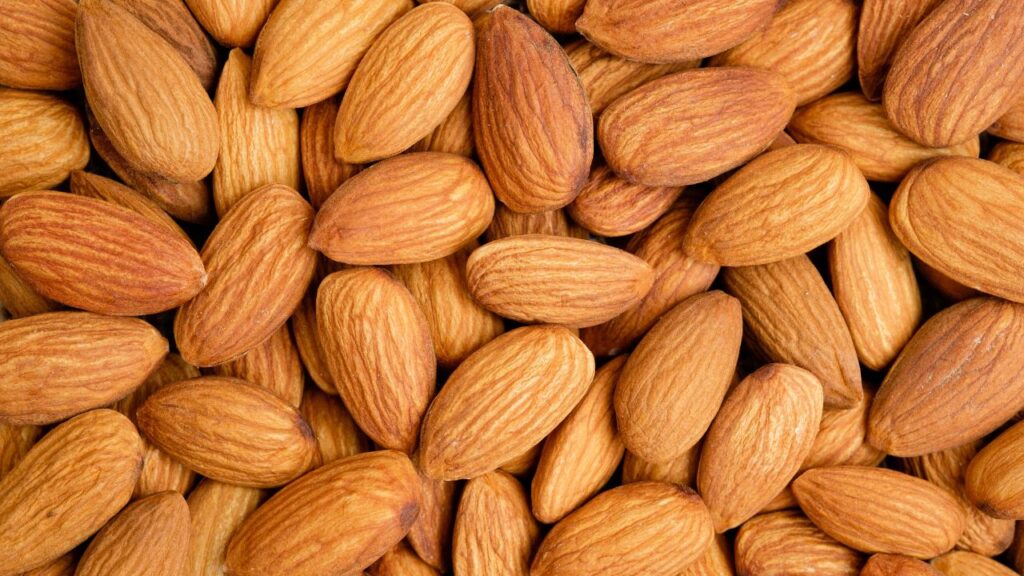
9. Almonds
Nutritional Profile
Almonds are rich in healthy fats, protein, fiber, vitamin E, magnesium, and antioxidants.
Health Benefits
- Heart Health: The healthy fats and antioxidants support cardiovascular health.
- Weight Management: Almonds can help control appetite and provide a feeling of fullness.
- Bone Health: The calcium and magnesium in almonds support bone health.
How to Include in Your Diet
- Snack on raw or roasted almonds.
- Add to salads, oatmeal, or yogurt.

10. Spinach
Nutritional Profile
Spinach is packed with vitamins A, C, K, folate, iron, and calcium, along with antioxidants.
Health Benefits
- Eye Health: The lutein and zeaxanthin in spinach support eye health.
- Bone Health: Vitamin K and calcium help maintain strong bones.
- Energy Levels: Spinach is rich in iron, which is essential for energy production.
How to Include in Your Diet
- Use as a base for salads or in smoothies.
- Add to soups, stews, or sauté as a side dish.
How to Incorporate Superfoods into Your Diet
Incorporating superfoods into your diet doesn’t have to be complicated. Here are some practical tips to help you enjoy these nutrient-dense foods:
Meal Planning
Plan your meals around superfoods. For example, include a serving of salmon for dinner, add blueberries to your breakfast, and snack on almonds throughout the day.
Smoothies
Smoothies are an excellent way to combine multiple superfoods in one delicious and nutritious drink. Try blending spinach, blueberries, chia seeds, and a bit of avocado for a superfood-packed smoothie.
Salads
Salads provide a versatile platform for adding superfoods. Start with a base of kale or spinach, add quinoa, almonds, and avocado, and top with a simple olive oil and lemon dressing.
Snacks
Choose superfoods for your snacks. Keep a mix of nuts like almonds and seeds like chia on hand for a quick, healthy snack.
Cooking
Incorporate superfoods into your cooking. Add turmeric to soups, stews, and curries, or roast sweet potatoes as a side dish.
Conclusion
Superfoods offer a concentrated dose of nutrients and health benefits that can enhance your overall well-being. By incorporating these top 10 superfoods into your diet, you can support heart health, boost brain function, improve digestion, and much more. Remember, a balanced diet is key, and while superfoods are incredibly beneficial, they should complement a variety of other healthy foods. Start including these superfoods in your meals today and experience the transformative effects on your health and vitality.



